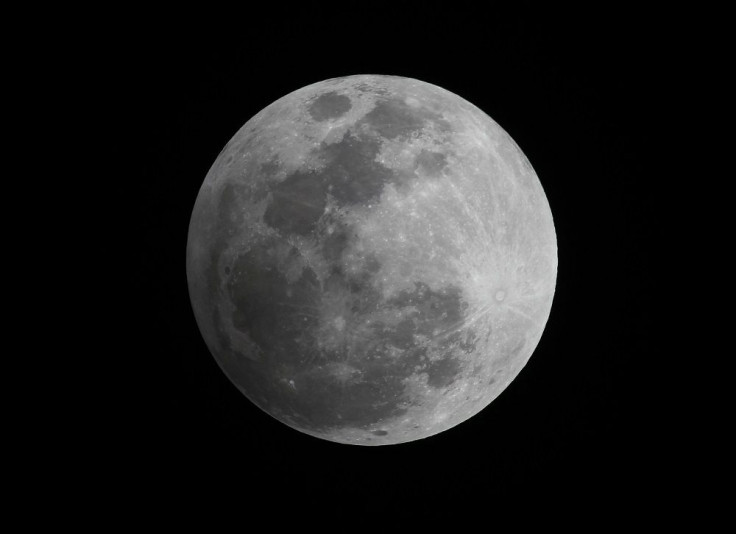Harvest moon eclipse on Friday night, next one is on 2024

Rare astronomical events such as a blood moon that coincides with a lunar eclipse tends to spook people. On Friday night, Sept 16, the Earth will witness a prenumbral eclipse.
Celestial observers would notice the lunar orb, usually bright, starting to darken. September’s full moon is also called the harvest moon since it is closest to the autumn equinox in the Northern Hemisphere. By rising about 30 minutes later each night, the extra light from the full moon’s shine gives farmers more time to harvest their crops, explains National Geographic.
In 2015, the harvest moon was also a supermoon, which created a spectacular ruddy hue by a total lunar eclipse. For 2016, while Earth’s shadow would once more darken the moon, but the event is known as penumbral eclipse which starts around 1 pm Eastern time.
The moon would officially become full at 3:05 pm on Friday, reports Washington Post. The eclipse begins at 12:54 pm Eastern time and ends at 4:54 pm, but the deepest part would be at 2:54 p.m. Easter time, says Fred Espenak, former astrophysicist at the National Aeronautics and Space Administration.
Because of the penumbral lunar eclipse, the full moon would be a little bit darker in Europe, Africa and Asia. North Americans could have a play-by-play and commentary on the eclipse on Friday afternoon at slooh.com. EclipseWise.com provides detailed charts and times of the lunar events in different locations.
Friday’s eclipse is part of the Saros 147, a family or series of eclipses which began in 1890 and will run through 3134. It is the eighth of 70 events and the last penumbral eclipse of the series for about 1,000 years, or the last harvest moon eclipse of any kind until 2024.
VIDEO: Penumbral Lunar Eclipse to Coincide with Harvest Full Moon
Source: nemesis maturity




















